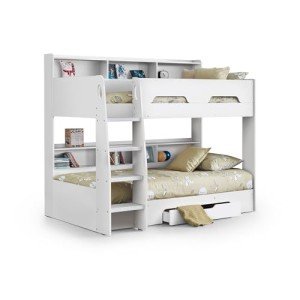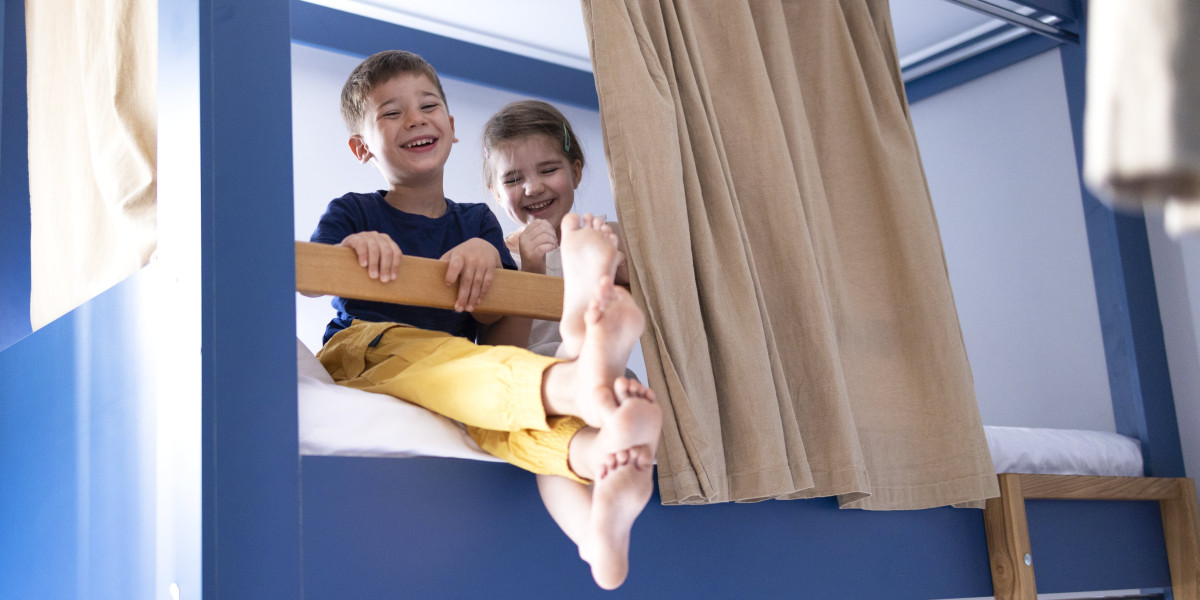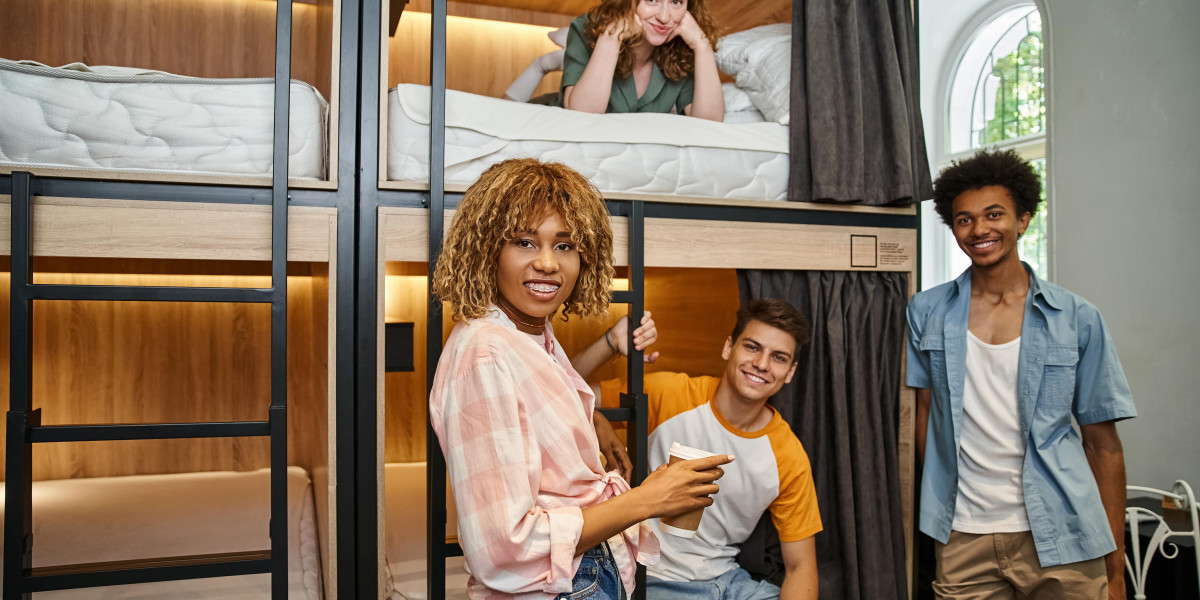Bunk Beds Sale: A Comprehensive Guide to Choosing the Right Bunk Bed for Your Home
Bunk beds have long been a staple in kids's bed rooms, offering a combination of space-saving efficiency and enjoyable. Whether accommodating siblings, friends on sleepovers, or just taking full advantage of a playroom, bunk beds have become an important aspect in contemporary household homes. As sales on bunk beds increase, it ends up being progressively essential for customers to make informed decisions when acquiring one. This post will cover the fundamentals of buying a bunk bed, from types to security features, along with pointers for maintaining the stability of your investment.

Types of Bunk Beds
When thinking about a bunk bed sale, it's important to comprehend the different designs readily available on the marketplace. Below are the most common types:
Traditional Bunk Beds: These include 2 beds stacked one above the other, sharing a single frame. They are often the most affordable option.
L-Shaped Bunk Beds: This design includes one bed placed vertically and another horizontally. This plan produces additional space underneath the upper bed, which can be utilized for storage or a play location.
Lofted Beds: Similar to conventional bunk beds but with no lower bed. Rather, the space underneath can be utilized for a desk, play location, or extra storage.
Triple Bunk Beds: For families with a bigger number of kids or regular pajama parties, triple bunk beds provide 3 sleeping locations in a space-efficient style.
Futon Bunk Beds: These designs merge bunk beds and futon couches. The bottom section transforms into a separate seating area, boosting functionality.
Convertible Bunk Beds: These beds can be separated into two individual beds, making them flexible as kids's needs change with time.
Table 1: Comparison of Bunk Bed Types
| Type | Description | Space Efficiency | Additional Features |
|---|---|---|---|
| Conventional Bunk Bed | Two beds stacked vertically | High | Most basic design |
| L-Shaped Bunk Bed | One vertical and one horizontal bed | Moderate | Play or storage space |
| Lofted Bed | Elevated bed with open space listed below | High | Work/play location |
| Triple Bunk Bed | Three stacked beds | Really High | Accommodates more users |
| Futon Bunk Bed | Bunk bed with a convertible futon | High | Multi-functional |
| Convertible Bunk Bed | Can be split into 2 different beds | Moderate | Flexibility & & longevity |
Security Features to Consider
Safety is vital when buying a bunk bed. Below are essential safety features to try to find:
Guardrails: Adequate guardrails need to be present on both sides of the upper bunk to avoid falls. They should be at least 5 inches greater than the mattress.
Ladder Design: Look for strong, broad ladders with slip-resistant rungs. Make sure that the angle is not too steep for simple gain access to.
Stability: Ensure the bed is built with strong products, such as solid wood or sturdy metal. The bed ought to not wobble when in usage.
Weight Limit: Check the weight capability of the bunk bed to ensure it can accommodate the intended users safely.
Material Safety: If possible, select beds made from non-toxic materials or those meeting security requirements for children's furnishings.
Table 2: Essential Safety Features
| Feature | Description | Importance |
|---|---|---|
| Guardrails | Sides of upper bed to avoid falls | Essential for kid safety |
| Ladder Design | Strong, slip-resistant rungs | Aids safe and simple access |
| Stability | Build quality to avoid wobbling | Makes sure security and longevity |
| Weight Limit | Maximum weight capability | Avoids accidents |
| Material Safety | Non-toxic, safe materials | Secures kids's health |
Upkeep Tips for Bunk Beds
To extend the life of your bunk bed and make sure continuous security, consider the following upkeep suggestions:
Regular Inspections: Periodically examine the structure for loose screws, bolts, or any signs of wear. Tighten up fasteners as needed.
Tidy Periodically: Dust and clean the surface areas routinely. Usage proper cleaners that will not harm the surface.
Examine Weight Limits: Be mindful of weight limits, particularly with older children or adults who might want to utilize the upper bunk.
Prevent Climbing on Guardrails: Educate children not to utilize guardrails for climbing or playing to reduce the risk of mishaps.
Often Asked Questions (FAQs)
Q1: What is the age limitation for children to safely utilize bunk beds?A: While it varies by the producer, lots of advise that children under 6 should not sleep in the upper bunk due to safety concerns.
Q2: How can moms and dads prevent risky climbing?A: Setting clear guidelines about bunk bed use and supervising kids can assist. In addition, using a bed tent can discourage climbing up while creating an enjoyable sleep environment.
Q3: What should I consider when decorating a space with bunk beds?A: Ensure there suffices space around the bunk bed for safe motion, and use the decoration to create individualized spaces for each child.
Q4: Is a lofted bed appropriate for older children?A: Yes, lofted beds can be appropriate for older children as long as they fulfill security requirements and the kid is responsible enough to utilize them safely.
Bunk beds serve a practical purpose while including a component of fun to a kid's bed room. As sales of bunk beds continue to increase, mindful consideration of types, safety features, and maintenance practices is essential for parents and caretakers. By comprehending these essential aspects, families can find the best bunk bed for their home, making sure both functionality and security for years to come. Whether it's for siblings sharing a room or developing a comfortable pajama party space, a well-chosen bunk bed can supply joy and functionality, making it a worthwhile financial investment.




